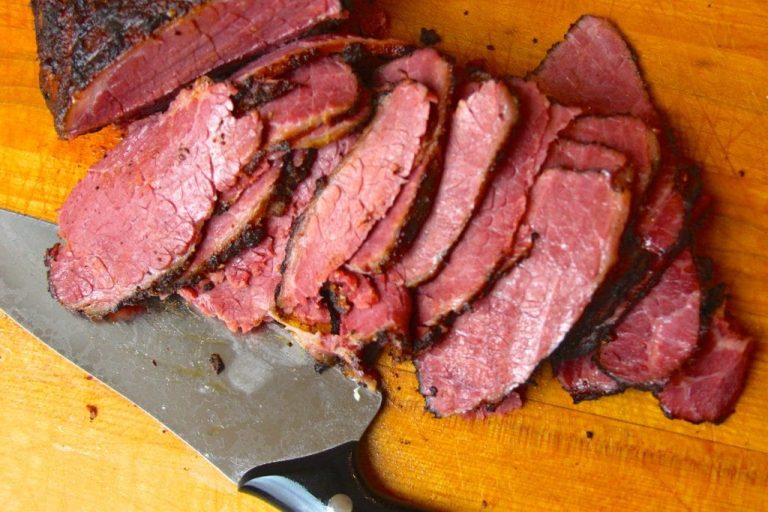Greek Pasta Dishes Recipe
Greek pasta has deep historical roots that date back to ancient times. You’ll find that ancient Greeks traded extensively, bringing influences from various Mediterranean regions. Pasta, which originated in Italy, reached Greek shores through these vibrant trade routes. Over time, Greeks incorporated their own ingredients and techniques. With the introduction of durum wheat by the Romans, Greek pasta diversified in texture and flavor. You can see the evolution through traditional dishes that blend Roman and Greek culinary traditions.
Regional Varieties of Greek Pasta
Different regions of Greece offer unique types of pasta. In the Peloponnese, hilopites, a type of egg pasta, often accompanies rich meat stews. Crete’s cuisine features skioufichta, twisted pasta usually served with local cheese. In the northern regions, you’ll discover trahana, a fermented pasta using cracked wheat. These regional varieties demonstrate Greece’s diverse culinary landscape. You can explore these distinct flavors by trying recipes specific to each region. Greek pasta brings regional diversity to your table, reflecting the country’s rich history and culture.
Key Ingredients of Greek Pasta Dishes
Common Pasta Types in Greek Cuisine
Greek pasta dishes use various types of pasta, each offering unique textures and flavors. Hilopites, found in the Peloponnese, are square or rectangular pasta often made with eggs and milk, giving them a rich flavor. Skioufichta, from Crete, are hand-rolled twisted pasta, typically served with meat sauces or cheese. Trahana, from northern regions, is a small, pebble-like pasta made by fermenting wheat with yogurt or buttermilk, providing a tangy and slightly sour taste. Each type reflects Greece’s regional diversity and culinary traditions.
Essential Spices and Herbs
Greek pasta dishes incorporate essential spices and herbs that give them distinctive flavors. Oregano, often added to sauces and pasta, imparts a robust and earthy taste. Basil brings a sweet and aromatic flavor to many recipes. Mint, sometimes used in meat sauces and stuffed pasta, adds a refreshing note. Thyme and rosemary are also common, offering a blend of sweet and woody notes that enhance the overall dish. Greek pasta relies on these spices and herbs, contributing to its authentic and flavorful profile.
Popular Greek Pasta Recipes
Pastitsio: Greece’s Answer to Lasagna
Pastitsio features layers of pasta, ground beef, and béchamel sauce. Originating in the Ionian islands, this dish resembles Italian lasagna but has unique Greek touches. The pasta typically used is long tubular pasta, such as bucatini or ziti. Ground beef is cooked with onions, garlic, and tomatoes, then flavored with cinnamon, nutmeg, and allspice. A rich béchamel sauce, thickened with flour and flavored with cheese, tops the dish before baking. The result is a creamy, hearty casserole perfect for special occasions.
Yiouvetsi: Baked Pasta with Meat
Yiouvetsi combines orzo pasta with lamb or beef. Traditionally baked in a clay pot, this dish offers a mouth-watering blend of tender meat and richly flavored pasta. The meat is browned and then slow-cooked with tomatoes, onions, and garlic. Spices like bay leaves, cloves, and cinnamon add depth to the sauce. Orzo pasta, resembling rice in shape but made from wheat, absorbs the flavors as it bakes. Topped with grated kefalotyri cheese before serving, yiouvetsi delivers a delicious and comforting meal.
Cooking Tips for Perfect Greek Pasta
Choosing the Right Ingredients
Selecting authentic Greek ingredients guarantees the true flavors of Greek pasta dishes. Opt for high-quality durum wheat pasta types like hilopites or orzo. Prefer fresh over dried herbs for dishes requiring parsley, oregano, or mint. Always use extra virgin olive oil for cooking sauces and sautéing vegetables. When it comes to cheeses, select authentic Greek cheeses like feta or Kefalotyri. Also, choose Greek yogurt with a rich, creamy texture for sauces or toppings. Integrate spices like cinnamon, nutmeg, and allspice to achieve the warm, authentic flavors Greek cuisine is known for.
Techniques for Authentic Flavor
Mastering certain techniques can elevate the authenticity of Greek pasta dishes. Start by toasting pasta lightly before boiling it; this enhances its flavor. Always cook pasta al dente, ensuring it retains a slight firmness. Use homemade stock for recipes like Yiouvetsi, which require a rich cooking liquid. Sauté onions and garlic until caramelized to deepen the flavor base for sauces. When layering dishes like Pastitsio, let each layer cool slightly to maintain structure. Adding a splash of ouzo to seafood pasta recipes imparts a subtle anise flavor, characteristic of Greek culinary tradition.
Conclusion
Exploring Greek pasta dishes opens up a world of rich flavors and culinary traditions that are both unique and delicious. By understanding the history and regional varieties, you can appreciate the depth of Greek cuisine. Experimenting with authentic ingredients and techniques will not only enhance your cooking skills but also bring a taste of Greece to your kitchen. Whether you’re making Pastitsio or Yiouvetsi, the key lies in the details—perfectly toasted pasta, caramelized onions, and the right blend of spices. So, dive into these recipes and let your taste buds embark on a Greek culinary adventure.






